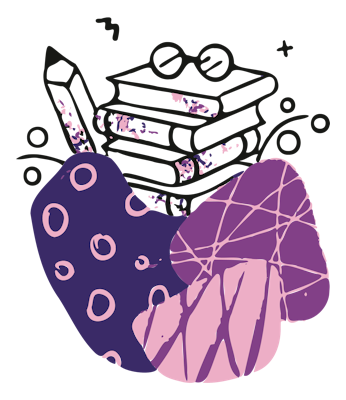Not For You
In a world with seemingly unlimited choices, trying to create something for everyone doesn't work anymore. The internet has made it easy to both create and find the best solution in every niche. There are so many great options out there, no one will passionately share what you make if it's only good enough.
If you constantly shave off every rough edge of your work that might turn someone away, the result will be so bland, no one will care about it.
Instead of trying to infinitely maximize the number of people you're trying to please, consider this question instead: What's the smallest audience you need to make your work worthwhile?
In academia, your writing might have a global audience of less than a hundred people, depending on how specific your research niche is. The market for someone making sweaters for people who are 6'10 is also very limited. And picking out an engagement ring has an audience of one.
In all of these examples, expanding the audience for your efforts would undermine your ability to help the people you originally sought to serve.
This means that facing rejection is baked into the process of making something that matters.
It means having the confidence to tell most people "this is not for you," so that you can focus on ensuring that the people you are trying to serve will love your work.
And if you succeed, they'll love it so much they'll turn to their friend and say, "This is for you."
See also: Work Designed to Be Shared


